In a world dominated by fast communication and emojis, acronyms like “TTYL” remain staples in digital language. Whether you’re texting a friend, signing off in a group chat, or ending a professional message on Slack, knowing how and when to use or substitute “TTYL” is more important than ever.
What Does TTYL Stand For?
TTYL stands for “Talk To You Later.”
It’s a popular acronym used primarily in texting and casual online messaging. It’s a light, informal way of saying goodbye—usually implying that the conversation will resume at a later time.
Is “TTYL” Still Relevant in 2025?
Yes—but with caveats.
While newer generations increasingly rely on emojis, voice messages, or direct app calls, “TTYL” still holds ground in:
- Casual group chats
- Friendly workplace banter
- Text sign-offs
- Gaming or online community exits
However, context matters. Using “TTYL” in a job application or during a business presentation would seem unprofessional.
TTYL Meaning Based on Context
Here’s how tone and situation affect the meaning of “TTYL”:
| Context | Interpretation | Tone |
|---|---|---|
| Friend chat | “I’ll message again soon!” | Casual/friendly |
| Workplace | “I’ll catch you after the meeting.” | Semi-professional |
| Online forums | “Signing off for now.” | Neutral |
| Romantic chat | “You’re on my mind, talk later ❤️” | Intimate |
Why Replace “TTYL”?
The phrase is:
- Informal and sometimes too casual
- Can sound robotic or outdated
- Doesn’t reflect emotional nuance or sincerity
- May not suit professional or formal situations
11 Classy & Context-Rich Alternatives to “TTYL”
Explore these curated replacements that fit specific moods, situations, and relationships.
1. “Speak soon!”
Tone: Friendly, warm
Best for: Colleagues, casual work environments, acquaintances
Example:
“Great chatting with you—speak soon!”
✔ Polished and appropriate for almost any scenario
❌ Might feel too vague if no future talk is planned
2. “Catch you later!”
Tone: Playful, informal
Best for: Friends, siblings, game chats
Example:
“Let’s finish that level tomorrow. Catch you later! 🎮”
✔ Energetic and relaxed
❌ Avoid in professional settings
3. “Until next time.”
Tone: Classy, semi-formal
Best for: Business meetings, customer service chats, virtual networking
Example:
“It was a pleasure connecting—until next time.”
✔ Leaves a lasting impression
❌ May sound final if the relationship is new
4. “Chat soon!”
Tone: Friendly, fast-paced
Best for: Quick updates, text catch-ups, Zoom chats
Example:
“Running out now. Chat soon!”
✔ Short and efficient
❌ Too brisk for deeply emotional conversations
5. “I’ll be in touch.”
Tone: Professional, responsible
Best for: Clients, interviews, formal emails
Example:
“Thank you for your time—I’ll review and be in touch.”
✔ Excellent for follow-ups
❌ Can sound cold if overused
6. “Let’s reconnect later.”
Tone: Collaborative, open
Best for: Colleagues, project teams, casual business
Example:
“We’re both busy today. Let’s reconnect later.”
✔ Implies intention and action
❌ Might require a specific timeframe to work well
7. “Talk later, take care.”
Tone: Thoughtful, caring
Best for: Friends, long conversations, personal check-ins
Example:
“I’m stepping out, but it was great catching up. Talk later, take care. 💬”
✔ Combines warmth with a soft exit
❌ Slightly long for fast-paced chats
8. “Ping you soon.”
Tone: Tech-savvy, modern
Best for: Startups, developers, Slack messages
Example:
“Almost done with the code—ping you soon with updates.”
✔ Trendy and casual
❌ Jargon-heavy for non-tech users
9. “Message me anytime.”
Tone: Welcoming, friendly
Best for: Open-ended connections, support roles, influencers
Example:
“If you need more info, message me anytime.”
✔ Keeps the door open
❌ Can feel too passive if you’re ending the conversation
10. “Catch up later?”
Tone: Curious, connected
Best for: Personal friendships, ex-colleagues, extended family
Example:
“Loved hearing your update—catch up later?”
✔ Invites future engagement
❌ Unclear commitment if no time is specified
11. “TTYL 😊” (Yes, even TTYL!)
Tone: Lighthearted, nostalgic
Best for: Friends who appreciate acronyms or throwback lingo
Example:
“Dinner’s ready. Gotta run! TTYL 😊”
✔ Works when intentionally casual
❌ Avoid if tone or branding demands formality
Tone & Emotion: Choosing the Right Phrase
When picking a “TTYL” replacement, ask yourself:
| Question | Why It Matters |
|---|---|
| Who am I talking to? | Friends, colleagues, clients? Context shifts tone. |
| What mood do I want to end on? | Casual, warm, businesslike, caring? |
| Do I expect to talk again soon? | If yes, say so clearly. If no, choose a polite closure. |
This isn’t just about communication—it’s about building and maintaining meaningful relationships, even in short digital moments.
Bonus: How to Teach Kids & Teens When to Use “TTYL”
In 2025, younger generations often default to voice notes or TikTok DMs. But helping them master acronyms like TTYL can:
- Strengthen written communication
- Promote empathy in chats
- Make them aware of tone and timing
Pro Tip for Parents/Educators: Teach through role-play chats or digital etiquette games.
Should You Use “TTYL” at Work in 2025?
Short answer: Only in the right setting.
Use “TTYL” if:
✅ You’re in a casual, friendly internal chat
✅ The workplace culture embraces informal language
Avoid “TTYL” if:
❌ You’re emailing clients
❌ You’re in formal documentation
❌ It’s a sensitive or urgent matter
Opt instead for:
- “Let me know if you need anything else.”
- “I’ll follow up shortly.”
- “Looking forward to our next chat.”
Final Thoughts: It’s Not Just About Words—It’s About Intention 💬
Language isn’t static. Even three letters like TTYL can carry warmth, indifference, or professionalism—depending on how they’re used.
So next time you’re about to sign off, pause. Think:
- Who’s on the other side?
- What do I want them to feel?
- What tone suits this moment?
Choose wisely, and your words will do more than just end a message—they’ll leave a lasting connection.


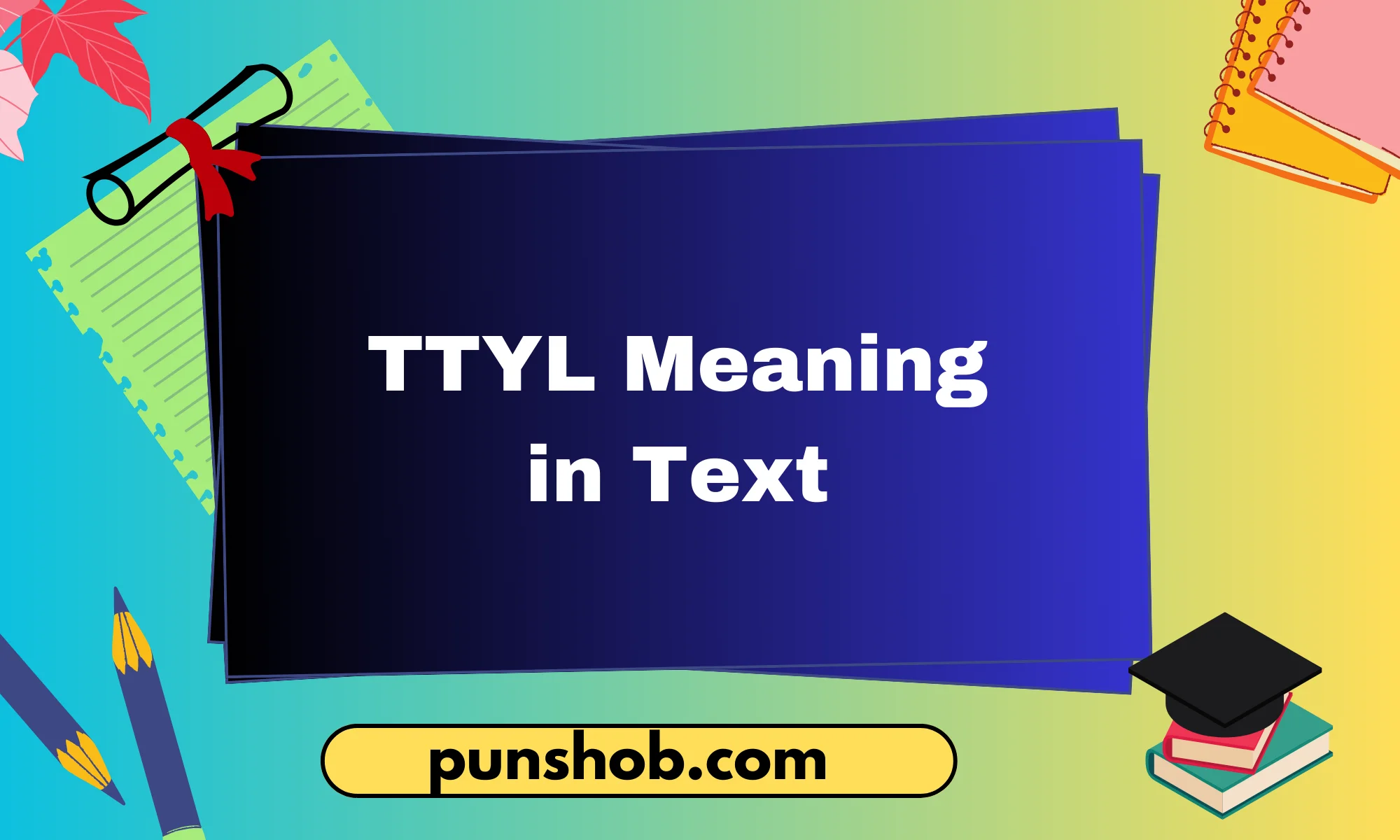
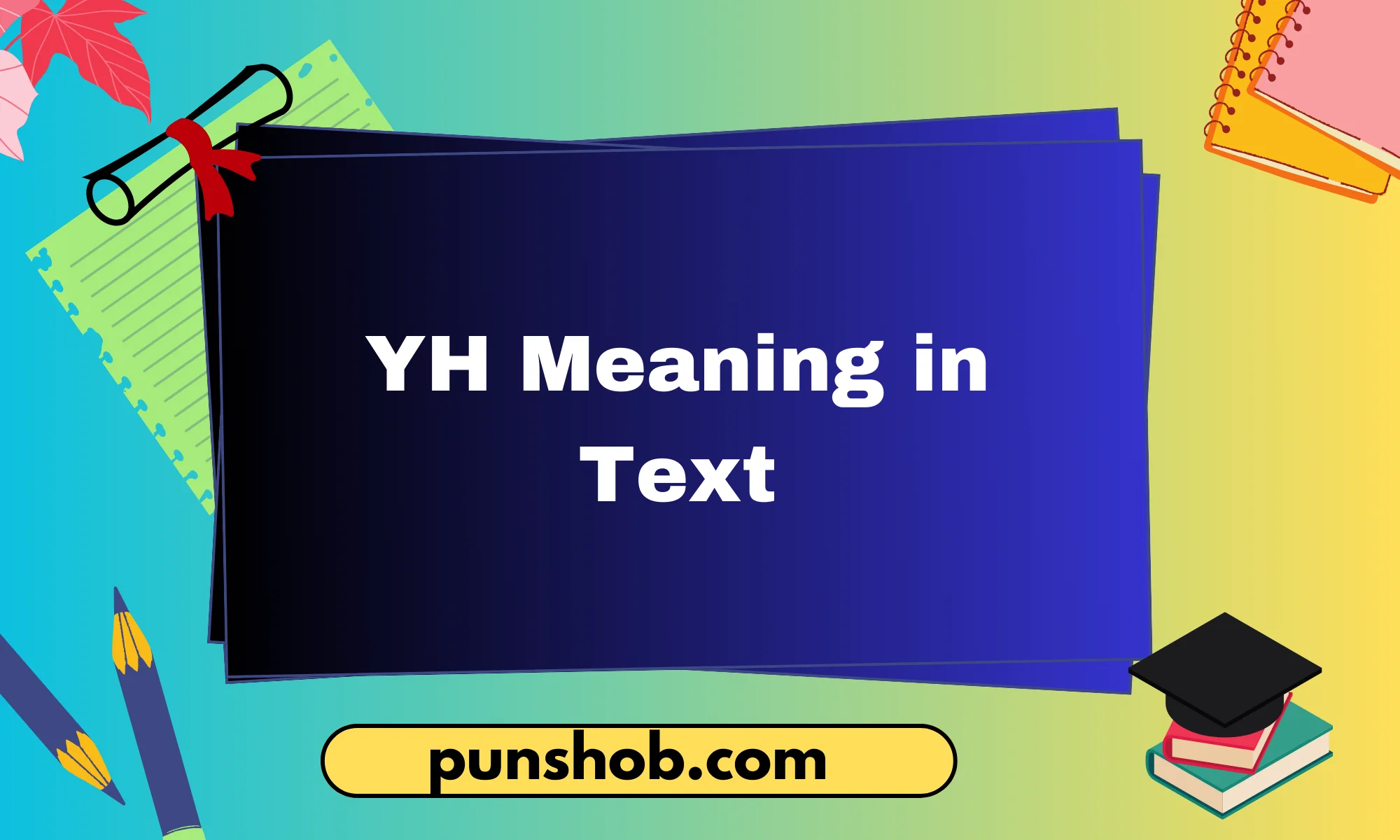
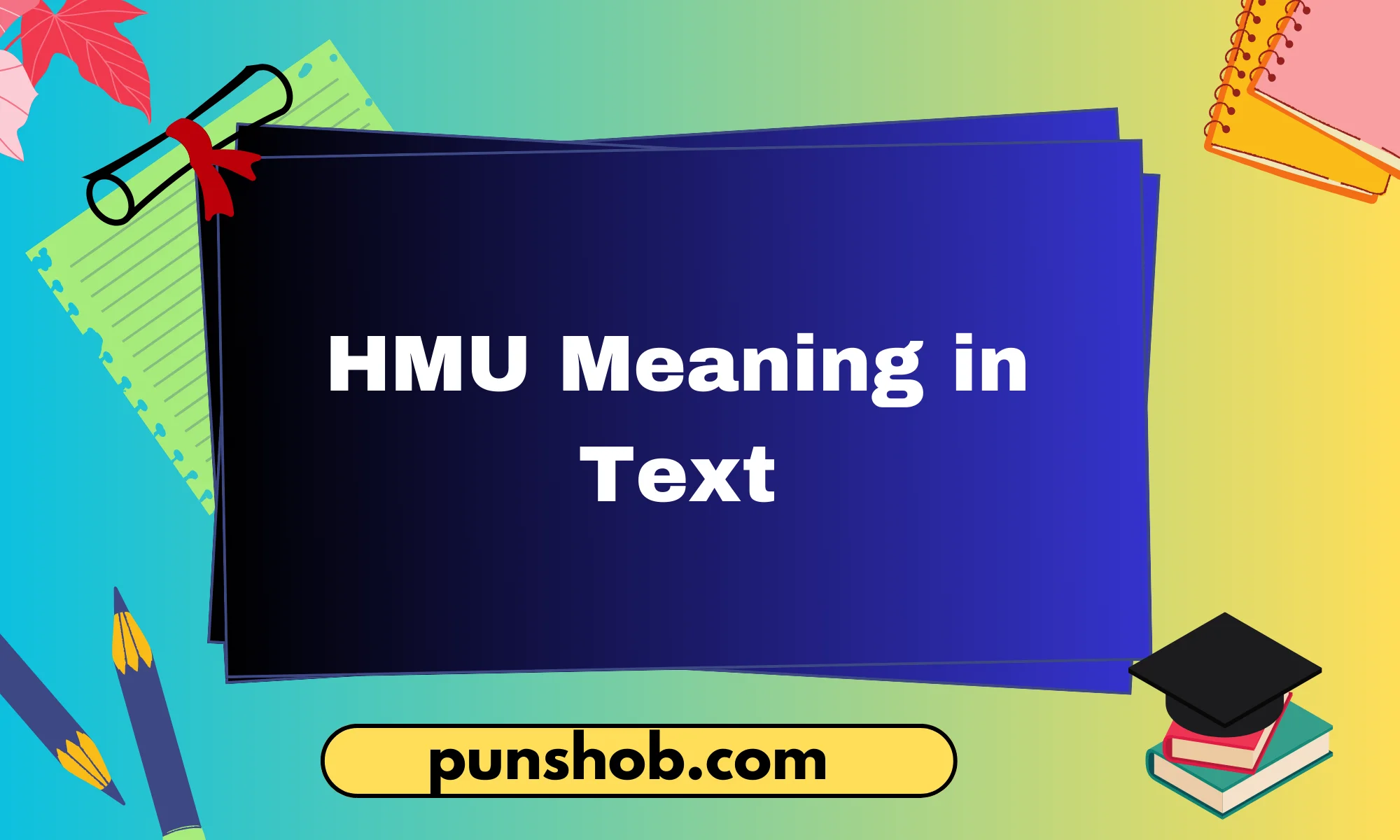
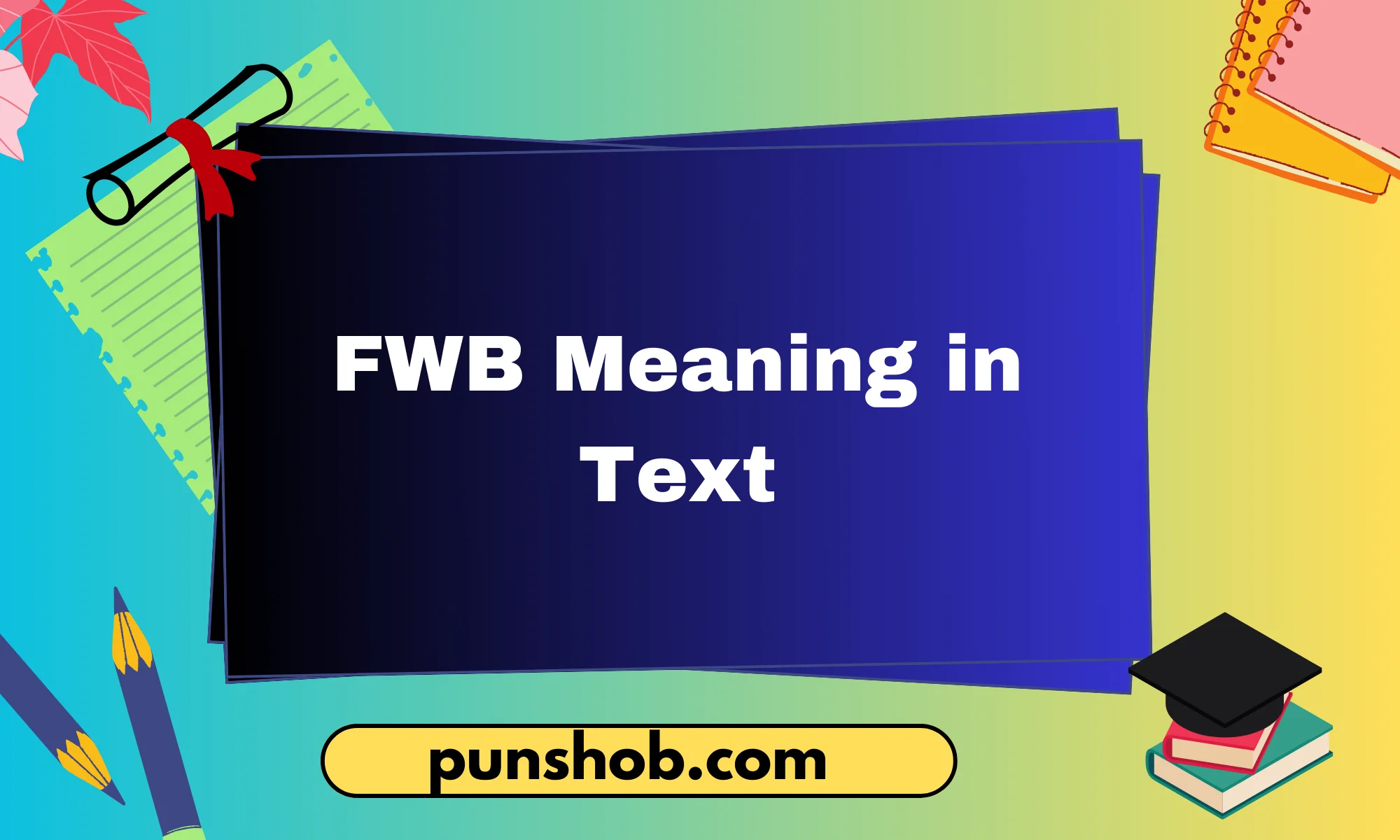
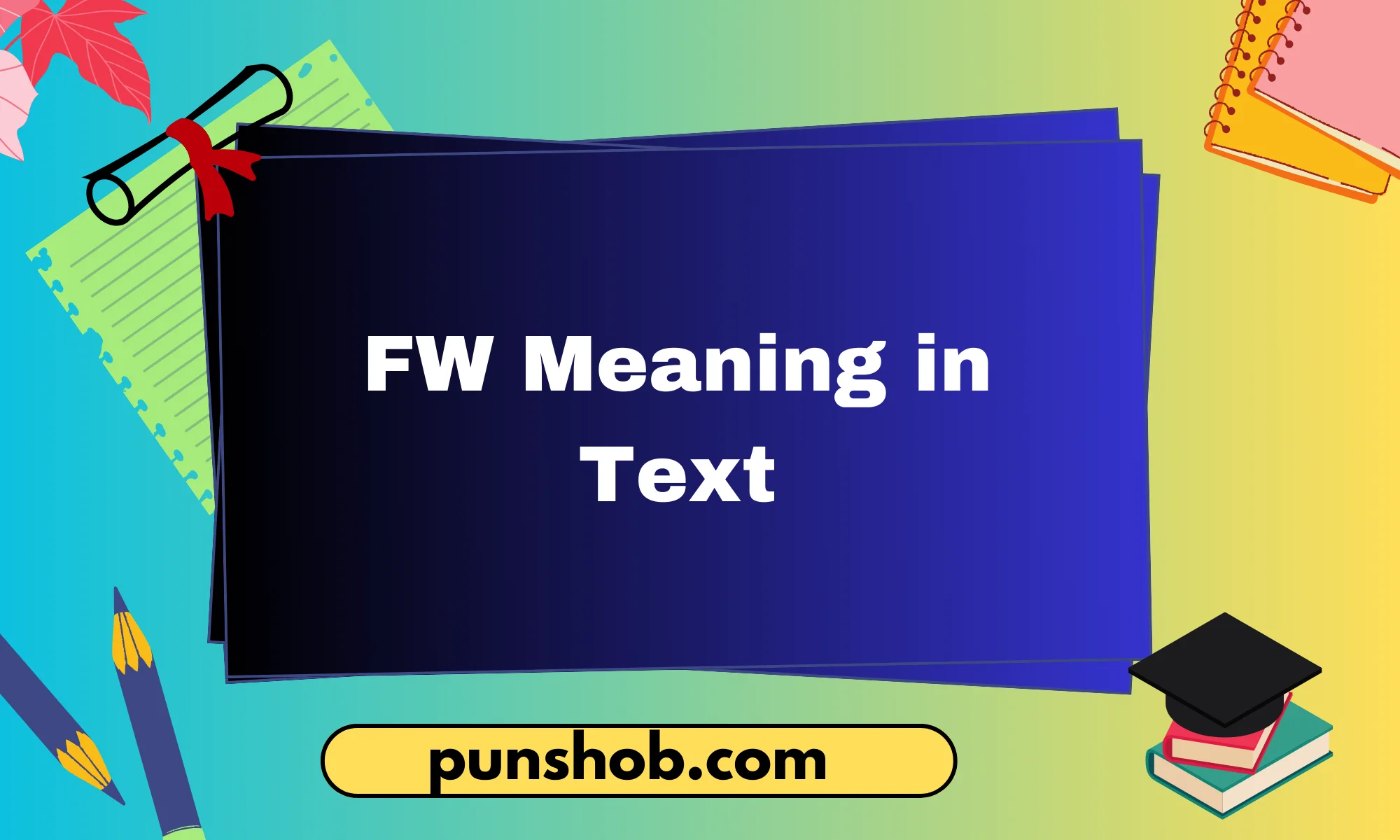
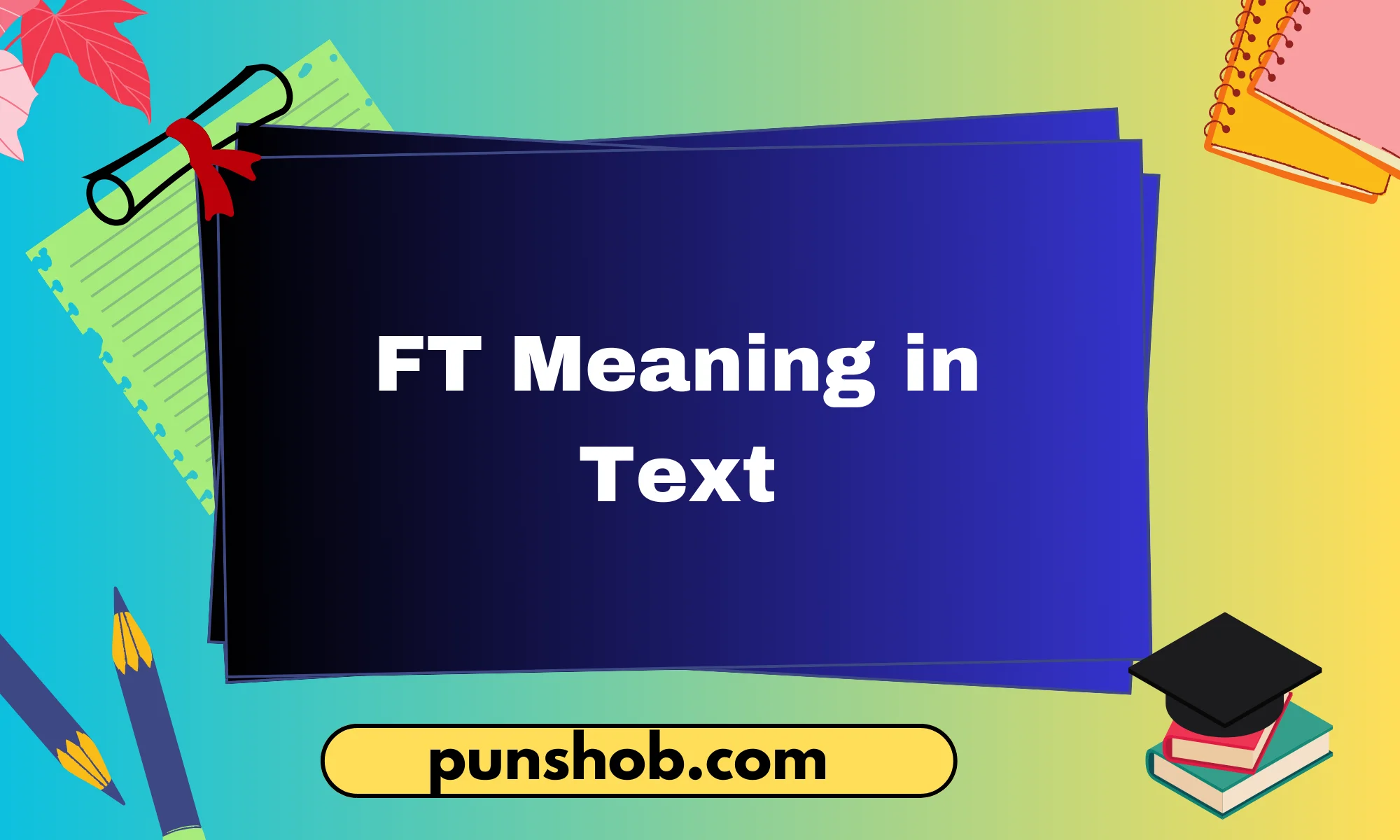
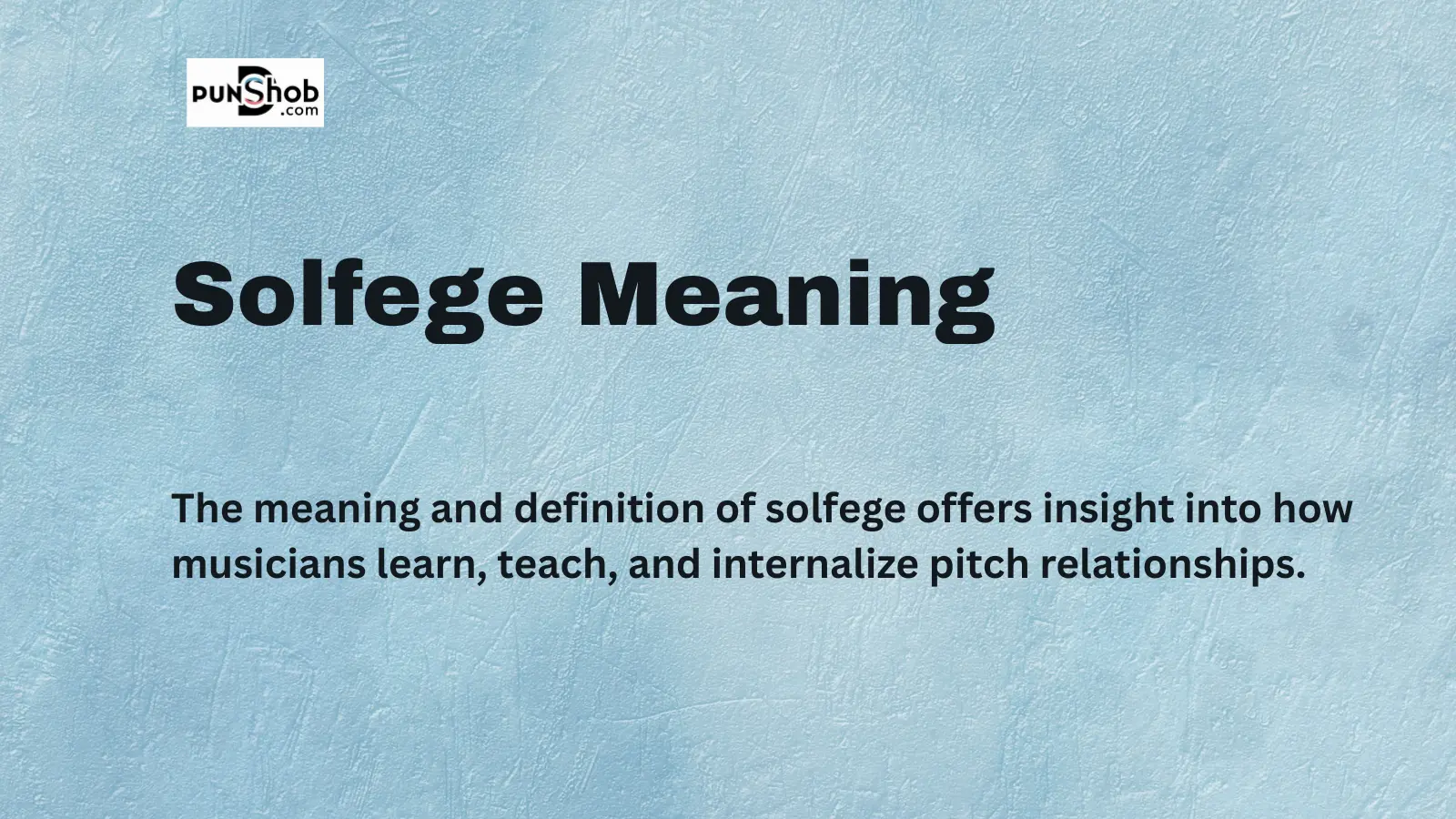

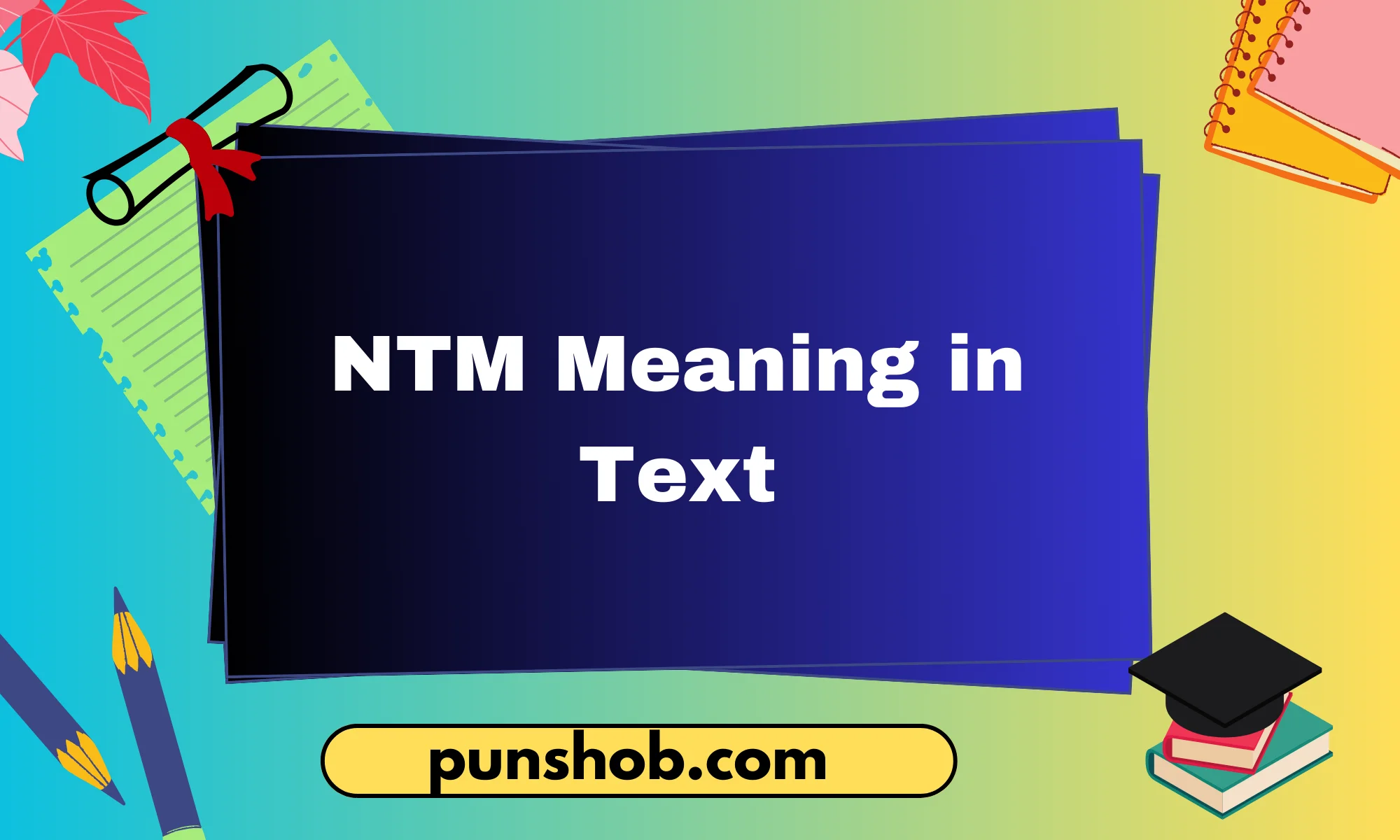
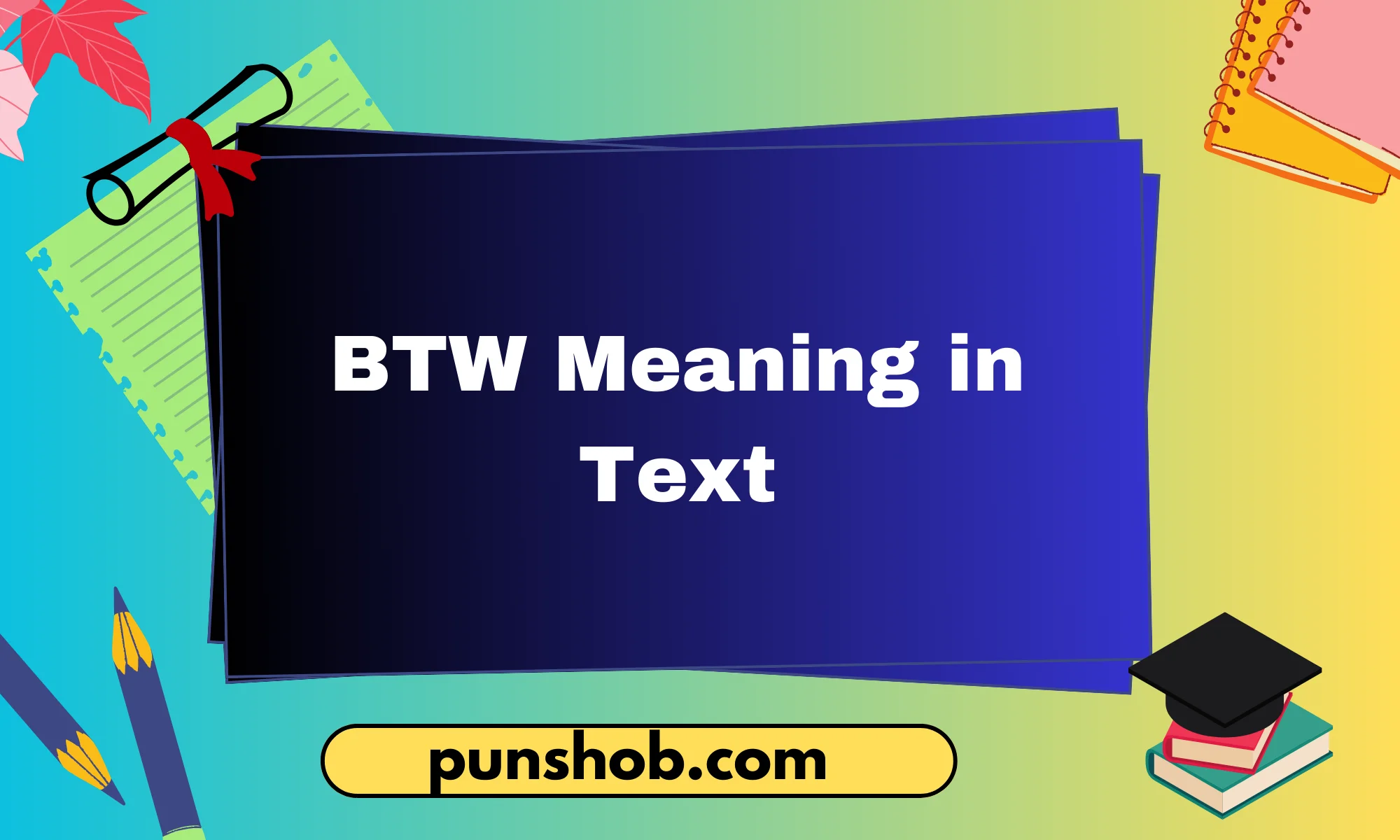
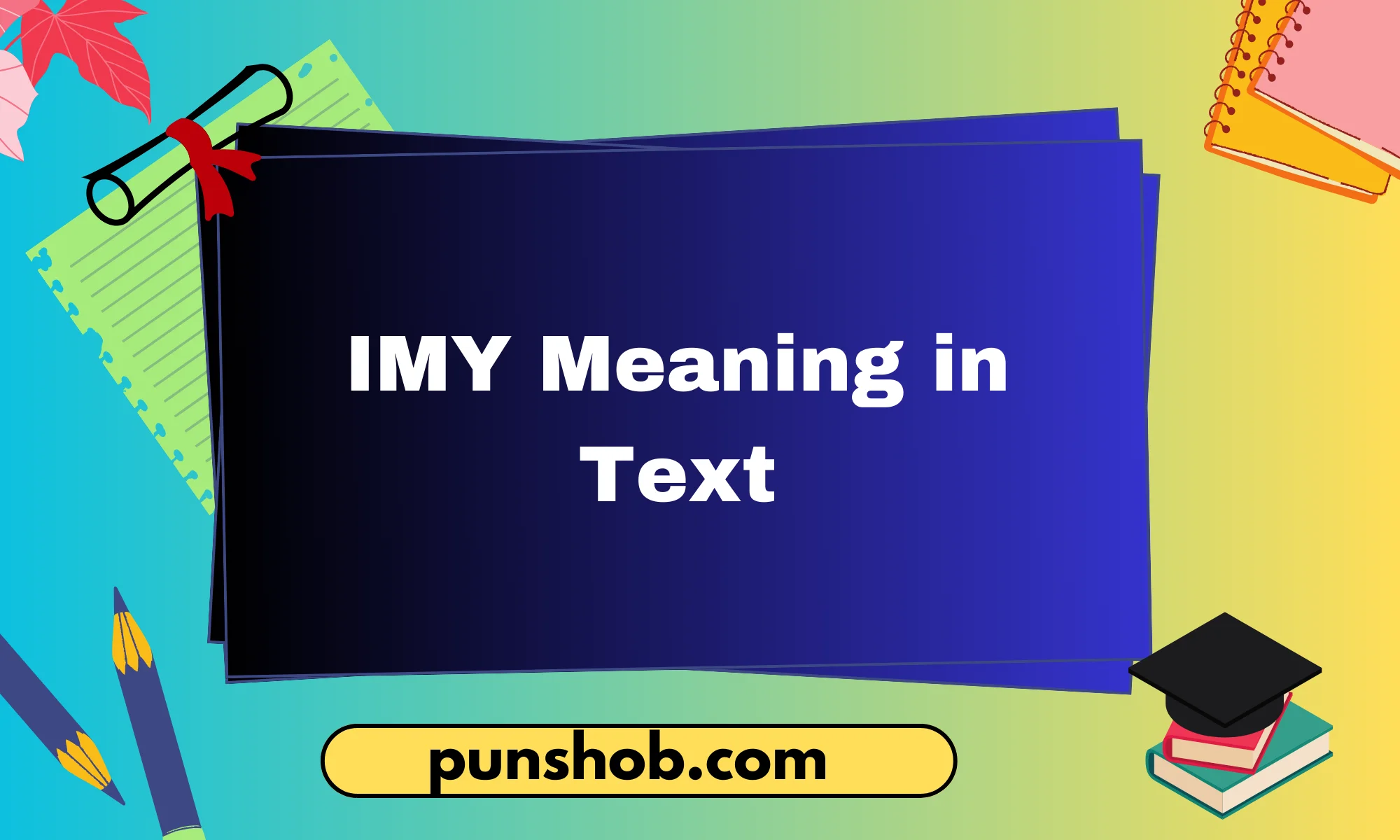
Leave a Reply